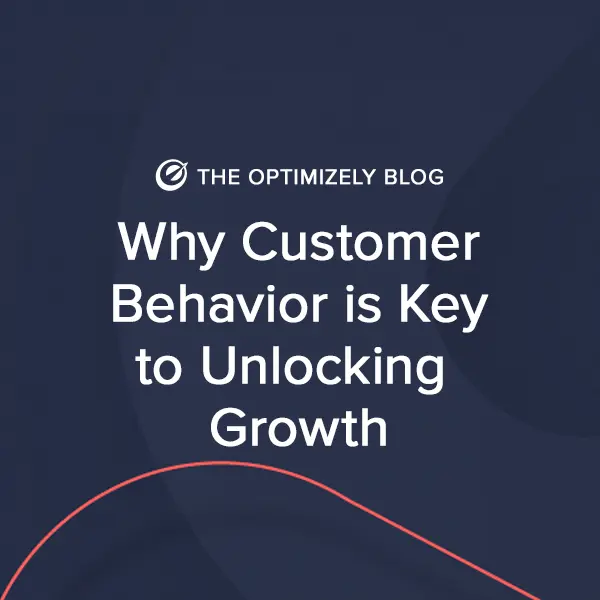Why Customer Behavior is Key to Unlocking Growth
As expectations about brand interactions continue to rise, and customers place more emphasis on experiences, relying on actual trends in your customers’ behavior as your north star

Sukh Dhillon

As expectations about brand interactions continue to rise, and customers place more emphasis on experiences, relying on actual trends in your customers’ behavior as your north star for decision-making can help you to gain a competitive edge. Looking at how your users are responding to your value proposition can help to prioritize which experiments to run, deliver more relevant customer experiences and ultimately, unlock growth.
Take online jewelry subscription service Rocksbox, for instance, which is using an experimentation-led approach to test ideas quickly, better understand customer psychology, and tailor experiences accordingly to drive results. As VP of Marketing, Erin O’Leary and her team recently ran two experiments to determine which headline and value proposition messages were most influential in converting website visitors to members.
To gain a better understanding of what drove customers to purchase, Rocksbox first presented four different headline variations to audience segments on its website. The control option emphasized the “unlimited” aspect of the company’s rental service. The first variation let customers know they could try pieces of jewelry on before they bought them. The second variant emphasized the “subscription” aspect of the service, and the final one invited website visitors to “Access the Ultimate Jewelry Collection.” After monitoring results, Variant 3: “Access the Ultimate Jewelry Collection” emerged as the clear winner.
The next test again divided visitors into segments and presented them with four value proposition message variations, three of which focused on some kind of specific pricing information. But it was the last option which ended up performing the best: “Handpicked and delivered to your door. 3 pieces at a time. Unlimited swaps.”
As a result of both experiments, Rocksbox came to the realization that the feeling of exclusivity and personalized service was more important to their audience than price – a conclusion they might not have reached if not for testing.
“Without the ability to experiment, we may have not tested some of the ideas that resulted in our most significant wins because we either did not think it would make a difference, or we thought it was too risky,” says O’Leary.
Understanding your customers’ needs is a critical step towards determining which messages resonate most effectively with your target audience and unlocking insights into customer behavior. When choosing which tests to run, don’t forget to use real customer behavior as your guiding principle, much like adventurers rely on the North Star as a natural compass.
“Start with customer research. Use tools like UserTesting.com, your own lists, employees who use the product or service, even your friends!,” says O’Leary. “Ask them what they think and understand their pain points. Then you can brainstorm what experiments may solve those pain points, and prioritize based on opportunity for impact and level of effort.”

